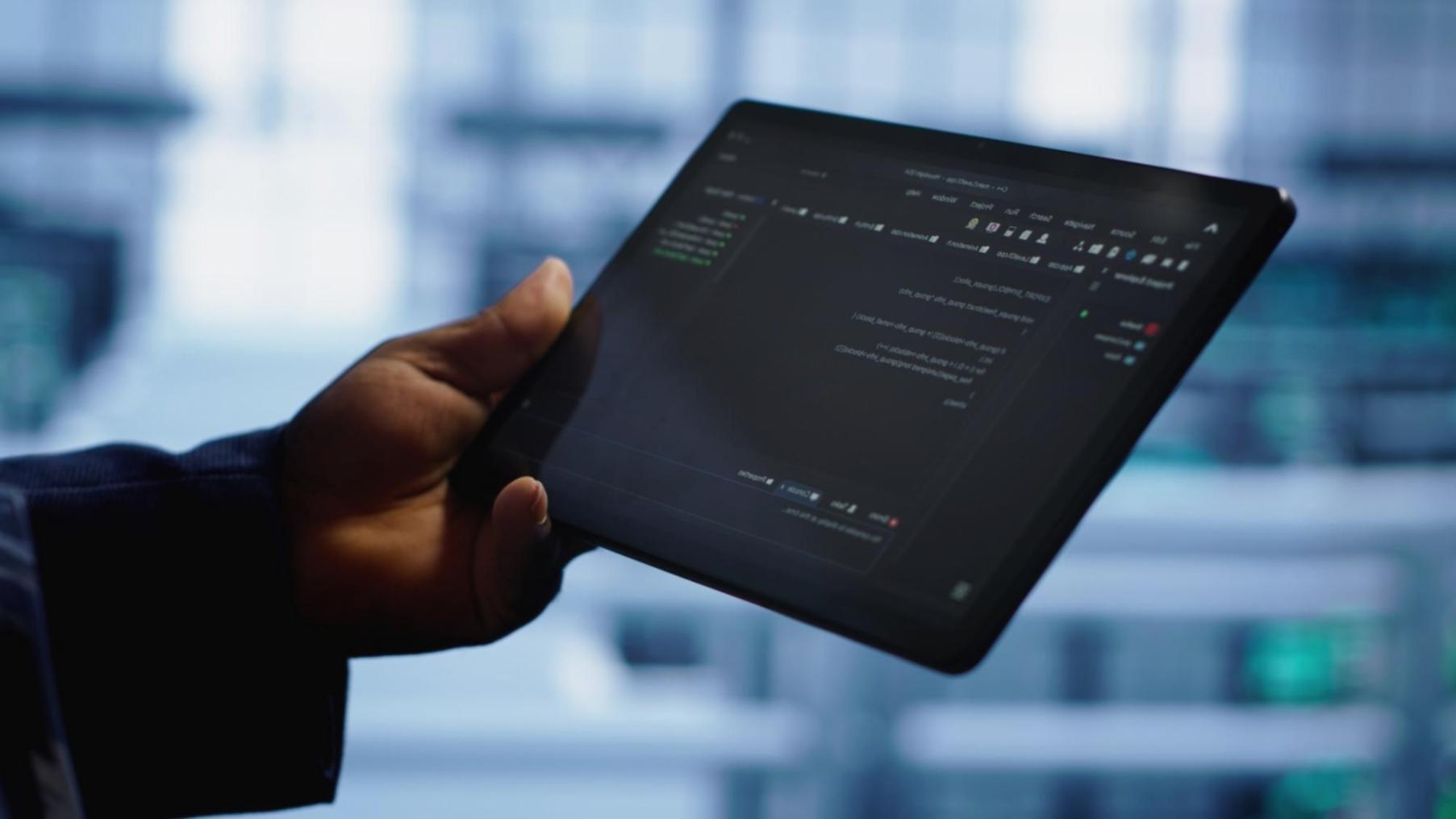Making Remote Learning Work in Blockchain Education
Distance learning in tokenization and blockchain isn't just about watching videos. It's about building real understanding when you're learning complex technical concepts without a classroom. These approaches come from watching students succeed—and struggle—over the past few years of remote tech education.
From Confusion to Clarity: Jasinta's Remote Learning Path
Jasinta started our blockchain fundamentals program in September 2024 feeling completely lost. She'd signed up thinking she could just watch lectures whenever, but three weeks in, she was drowning. Smart contract logic wasn't clicking. The Solidity syntax looked like gibberish.
What changed? She started treating her home desk like an actual workspace. Set specific hours. Joined the Tuesday study groups instead of watching recordings. Started asking "dumb questions" in the forum—which turned out not to be dumb at all.
By January 2025, she was helping newer students debug their first token contracts. Not because she became a genius overnight, but because she figured out how to learn technical material without someone physically there to explain it twice.

Four Things That Actually Help
These aren't theoretical. They're what we've seen work for students learning blockchain technology from home.
Create a Dedicated Learning Space
Your brain needs environmental cues. Learning about cryptographic hashing while sitting in bed doesn't work. Find a corner. Put a desk there. That's your learning spot. Not your Netflix spot. Not your gaming spot. When you sit there, your brain knows it's time to think about Merkle trees.
Show Up to Live Sessions
Recordings are safety nets, not primary tools. When you're in a live session and the instructor explains gas optimization, you can ask right then why your transaction costs 50 dollars. Three days later when watching the recording, that moment has passed. The energy is different. The learning is shallower.
Build With Other People
Code review isn't just catching bugs. It's learning how someone else thinks about the problem. When Rhoslyn shows you her approach to token minting and it's completely different from yours, that's when understanding deepens. Study groups feel optional until you realize the best learning happens when explaining concepts to someone else.
Track Your Progress Visibly
Remote learning lacks natural milestones. In a physical class, you see your notebook filling up. At home, everything's digital and progress feels invisible. Keep a learning log. Write what you understood today. What confused you. What you want to revisit. Looking back at Week 1 notes when you're in Week 8 shows you how far you've come.

What Makes Remote Blockchain Learning Different
Estralita Belshaw has been helping remote students since 2022. She's watched hundreds try to learn tokenization from their bedrooms, kitchen tables, and coffee shops. Some thrive. Others disappear after week three.
The difference isn't intelligence. It's rarely even technical background. It's whether students treat remote learning as a real commitment or something they'll "fit in when they have time."
The successful ones set boundaries. They tell their families not to interrupt during study hours. They close Telegram. They resist the urge to "quickly check" email every five minutes. They understand that learning complex technical material requires sustained focus that doesn't happen naturally in a home environment.
"Students who schedule specific learning hours and protect that time like they would a physical class—those are the ones who finish. The ones who try to learn 'whenever they feel like it' almost never make it past the smart contract module."
Practical Strategies for Technical Learning
Blockchain concepts are abstract enough in person. Remotely, you need specific tactics to make them concrete.
Time Blocking
Reserve 90-minute blocks for deep work. Not two hours of distracted half-attention, but focused sessions where you're actually trying to understand consensus mechanisms or write functioning code. Quality beats quantity every time.
Active Note-Taking
Don't just copy what's on screen. Rephrase concepts in your own words. Draw diagrams of how transactions flow through a blockchain. Write example use cases. Your notes should make sense to you three weeks later without rewatching the video.
Ask Before You're Lost
Students wait until they're completely stuck before asking questions. By then, they've missed three related concepts. Ask when you're 70% sure you understand something. That's when clarification actually helps, before confusion compounds.
Build Small Projects
Theory is necessary but insufficient. After learning about ERC-20 tokens, create one. It doesn't need to be revolutionary. Make a token that represents coffee shop loyalty points. The act of building cements understanding in ways reading never will.
Manage Digital Distractions
Close unnecessary tabs. Put your phone in another room. Use website blockers if you need to. Learning blockchain requires holding multiple abstract concepts in working memory simultaneously. Every distraction breaks that chain and you have to rebuild it.
Find an Accountability Partner
Commit to checking in with another student weekly. Share what you learned. What you're struggling with. Knowing someone will ask about your progress creates gentle external pressure that helps when motivation dips—which it will, because learning hard things is hard.

The Reality of Remote Technical Learning
Nobody's pretending remote learning in blockchain is easy. It's harder than in-person classes in many ways. You don't have classmates to turn to when you're stuck. You can't raise your hand immediately when the explanation doesn't make sense.
But it's also more flexible. You can rewatch complex explanations. Take breaks when your brain is full. Learn at times that work for your schedule, not someone else's.
The students who succeed are the ones who acknowledge both sides. They use the flexibility without letting it become procrastination. They compensate for the lack of physical presence by being more intentional about engagement.
Our next cohort starts in August 2025. The curriculum is the same whether you'd be learning in person or remotely. But how you approach it needs to be different. These strategies aren't magic. They're just what works when you're learning complex material without the structure of a physical classroom.